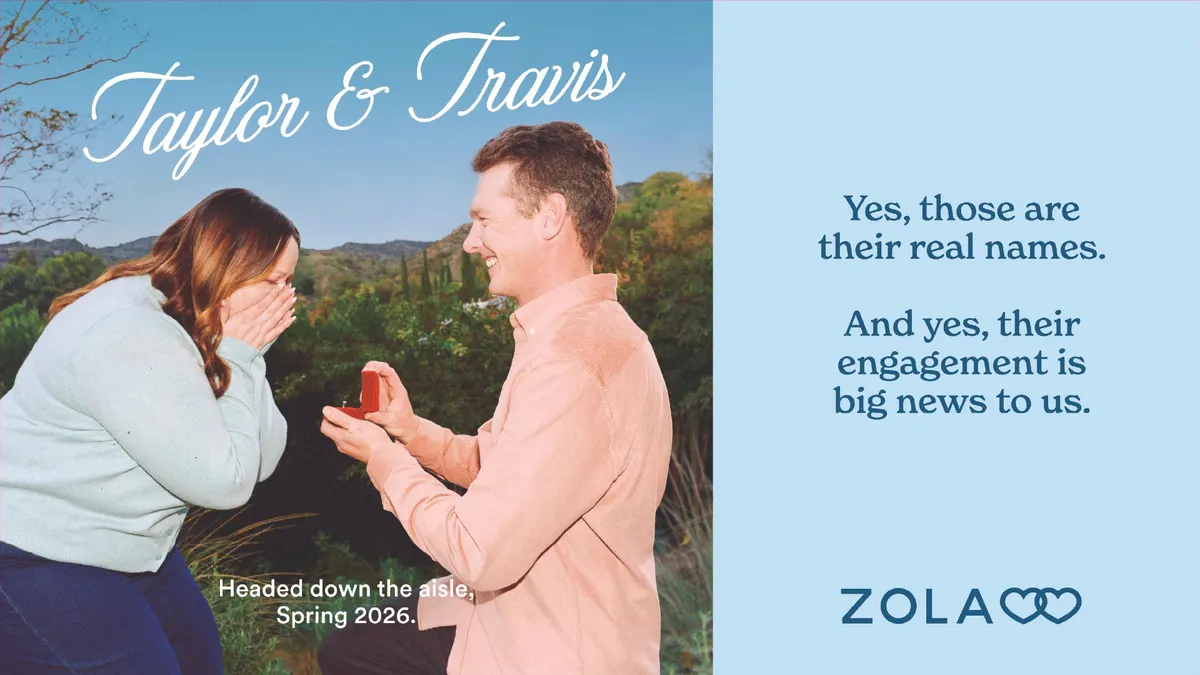NEW YORK — The idea of embedding brands in culture has become a bigger point of interest among marketers this year as consumer advertising aversion grows. At the 4A's annual StratFest conference Wednesday, representatives from Unilever's Dove and Comcast's Xfinity division shared case studies that emphasized how successful culturally minded strategies don't need to be rigid, but can vary in both media and messaging strategy — from serious, cause-driven initiatives to more lighthearted experiential escapism.
Moderating the talk was Twitter, which has ramped up its positioning as a destination for real-time online discussions as a draw for brands looking to tap into what defines culture. For the past three years, the social platform has conducted research that analyzes billions of tweets to pinpoint a few thousand of the most popular hashtags, while stripping out broad topics of interest like sports and movies to instead spotlight specific emerging trends that could prove sticky over time.
"Almost a quarter of consumer purchase decisions are based on a brand's cultural relevance," said Elizabeth Mansfield, Twitter's global business marketing lead on insights and influence, referencing research the platform conducted with IPG's Magna agency.
"People will buy products based on what they need, but they'll choose a brand based on what they value, and culture is a reflection of our values," she added.
A focus on niche and emerging cultural touchpoints could be seen in Dove and Xfinity's marketing toward underrepresented consumer groups. The personal care brand spoke on the early traction it's seen for a collaborative image library called #ShowUs that looks to diversify depictions of women, while the cable provider honed in on a vocal but underserved crowd of reality TV fans through a mix of experiential marketing and social media content. In both cases, the approach helped to strengthen either relevance or performance.
"It's a healthy and growing brand and we think a lot of that is due to the purpose work we do in this space [with] beauty, inclusivity and self-esteem," Amy Stepanian, U.S. managing director at Dove and Dove Men+Care, said.
A cultural resource
Values-based advertising has been part of Dove's playbook for decades, including through a "Real Beauty" platform that debuted in 2004 and features women who aren't models or actresses. The brand's championing of women has become well-regarded as a case study of purpose marketing done right, but real-world improvements to inclusivity have been slow to catch up. Internal data found that 70% of surveyed women still don't feel represented in media and advertising, according to Stepanian.
"That's shocking to me and what it tells is that, for all of the progress that we've made in the media industry ... women still feel invisible," she said on the panel.
With an uptick in women's empowerment movements in recent years, the time could be ripe for brands to change things more tangibly. Conversations around subjects like diversity, equality and inclusion have ballooned in recent years, with Twitter seeing a tenfold increase in volume since 2016.
"That's including all facets of life, whether that's in the workplace, sports and entertainment or even just everyday encounters," said Meghann Elrhoul, head of global agency research at Twitter.
That climate is what led Dove to launch #ShowUs in March as a collaboration with Getty Images and the creative network Girlgaze. The stock image library features more than 5,000 photographs that are not digitally altered and were shot exclusively by female and gender non-binary photographers.
What differentiates #ShowUs from Dove's past cause marketing efforts is the more collaborative angle, with the project intended to be a resource for other businesses and the industry at large. More than 900 companies have used #ShowUs so far, according to Stepanian, and the brand has opened a form on its website for other women to share their pictures and stories to expand the collection.
"This is ongoing. It can only be successful if other brands, companies and creators get involved," Stepanian said. "At the end of the day, this shouldn't be a creative execution or campaign. This should be even more."
Cracking a niche
An Xfinity campaign titled "Reality Week" also targeted an underserved market, albeit through a pop culture lens and more content-heavy media play. The cable provider found that reality TV beats sports programming for live viewership by a 2:1 ratio, according to Nader Ali-Hassan, Comcast's executive director of social marketing. But that popularity wasn't necessarily reflected in advertising.
"For us it was about … everyone's talking about 'Game of Thrones' but how do we find the other things that people are talking about that maybe don't get as much love?" Ali-Hassan said. "There are a million different niches people have."
Working with agency Goodby, Silverstein & Partners, Xfinity devised a way to better cater to reality TV followers and conversations about the genre on social media, while also promoting its X1 platform. Sports bars, which comprise 31% of all bars in the U.S., seemed a particularly relevant venue to promote the idea.
Around the season premiere of "The Bachelor" last year — which Ali-Hassan dubbed the Super Bowl for reality TV — Xfinity flipped a divey location, swapping out beer for rosé and adding memorabilia like the duck phone from MTV's "Jersey Shore" to the venue. The brand linked up with networks — reality stars such as JWoww from "Jersey Shore" made an appearance — and media partners like FabFitFun and podcast "Betches" to round out the effort.
"It wasn't just about having the celebrities come, it was tapping into the community outside of that," Ali-Hassan said.
From the "Reality Bar" venue, Xfinity livestreamed hundreds of pieces of content across platforms like Twitter, Instagram and Facebook during the five days of the pop-up activation. It then remarketed its service to viewers afterward, surpassing internal benchmarks, per Ali-Hassan. Engagement levels overall were high — the Twitter stream drew 16 million viewers — leading Xfinity to work on a second iteration of the concept.
"The key success [metric] for me is 'would you do it again?,' and we're actually in the midst of planning Reality Week 2.0," Ali-Hassan said."It's becoming a big enough thing for us, as the small social media team, that this is permeating the entire company and becoming a much larger initiative."





















